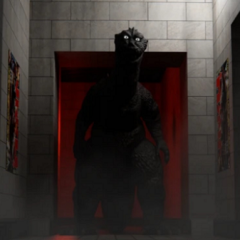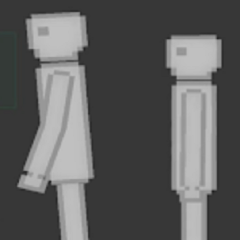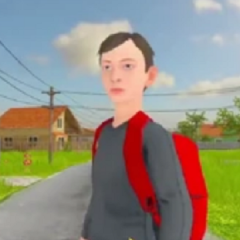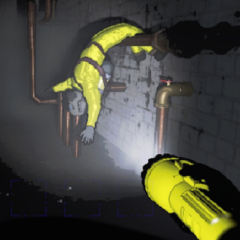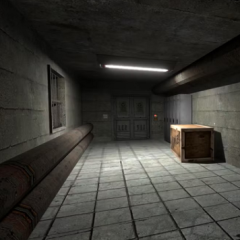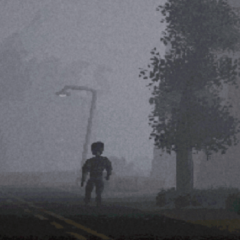Eyes On The Exam begins in a setting that feels routine: a classroom, an exam, a teacher at the front. But the longer you sit, the more apparent it becomes that something is wrong. The teacher does not move naturally. The silence is too complete. The questions on the paper grow stranger the further you read. And you realize you were never told how you got here.
Cheating as the Only Option
You are not expected to know the answers. Instead, you must find them in your surroundings—on other students’ pages, in scribbles on walls, or hidden across the classroom. But movement draws attention. The figure at the front watches for wandering eyes, punishing those who look where they shouldn’t. The game creates a loop of tension where observation and fear work against each other. You are constantly weighing the value of a quick glance against the risk of being noticed by something that doesn’t act like a person.
Core Features That Define Eyes On The Exam
· Stealth-based mechanics linked to camera and cursor movement
· Visual clues hidden within a static, diegetic environment
· A threat that responds to the player’s gaze and behavior
· Time-limited rounds with randomized exam questions
· Secrets and alternate outcomes that unfold over multiple attempts
These features blend together into a system where knowledge, fear, and timing all influence your next move.
Tension That Builds Over Time
Each playthrough starts similarly but never ends the same. The room shifts subtly between sessions. The teacher might act differently. The clues might be harder to find. And sometimes, you may notice something that wasn’t there before—a shadow, a sound, a figure in the hallway. These changes push players to look deeper, replay more carefully, and question what parts of the environment can be trusted. The classroom transforms into a living puzzle, and the rules of the exam grow less stable each time.
A Test With No Clear Subject
Eyes On The Exam challenges players to complete tasks that seem familiar, while slowly unraveling the reality around them. It isn’t just about getting a passing score—it’s about surviving long enough to understand what the test really is. Each failure leaves behind information. Each success brings more questions. As the answers start to come together, players are left with the feeling that this exam isn’t meant to be passed at all. It’s meant to reveal something. Whether you want to see it—that’s another question.



